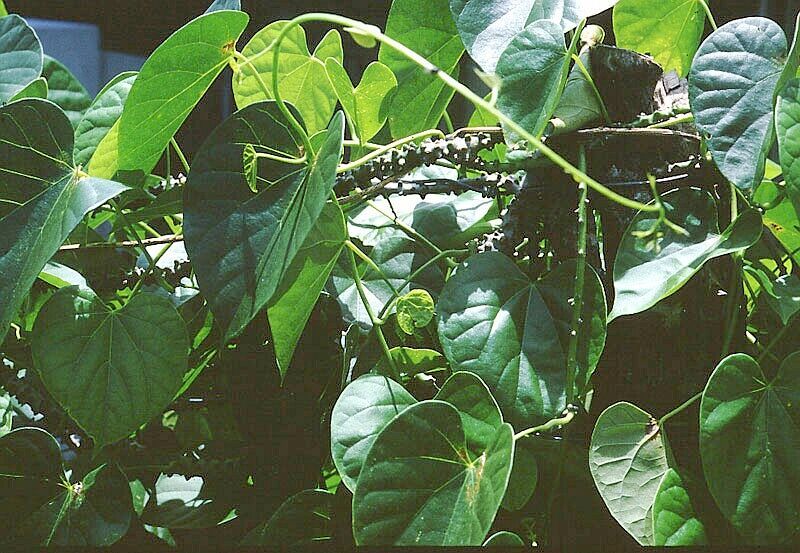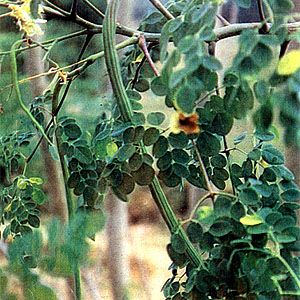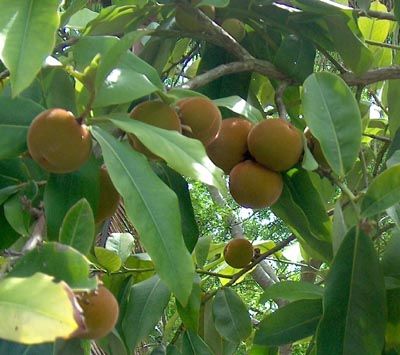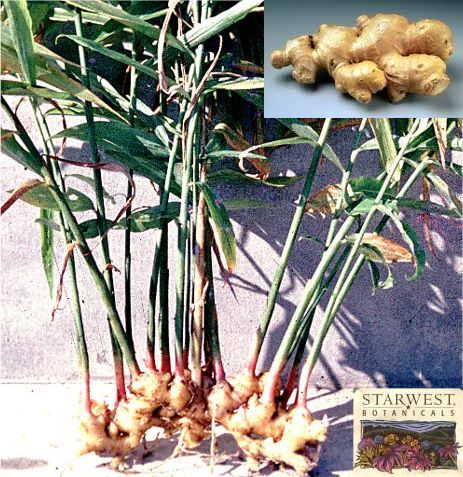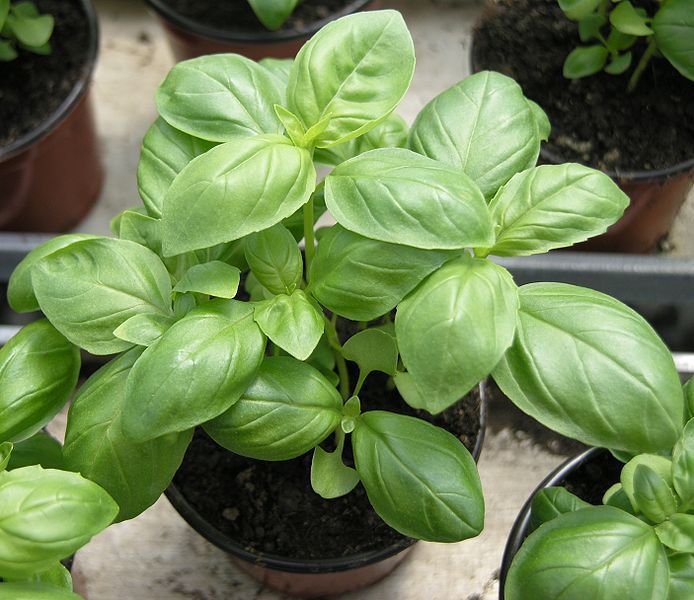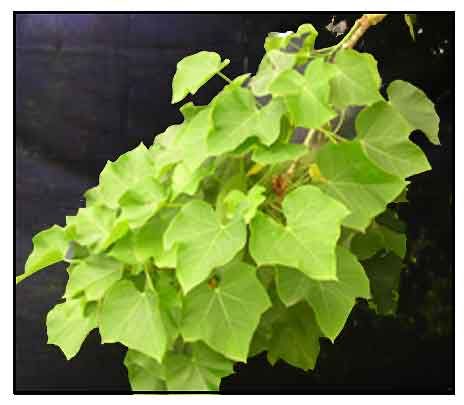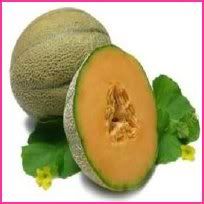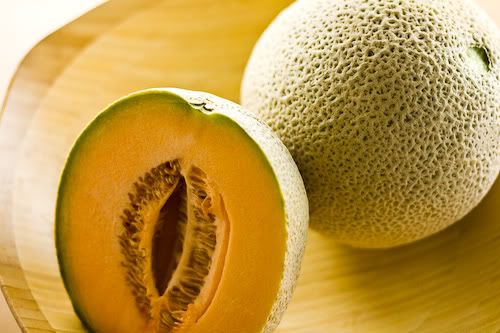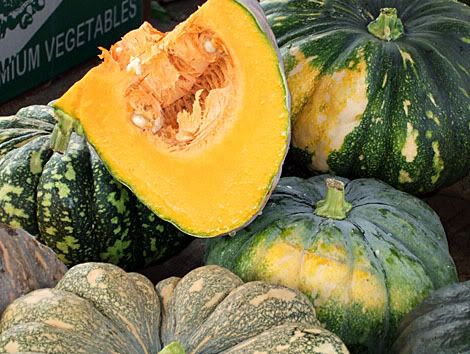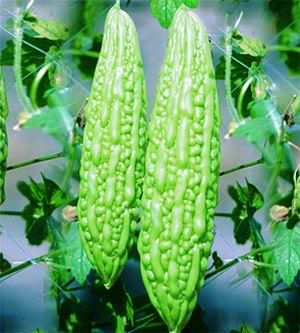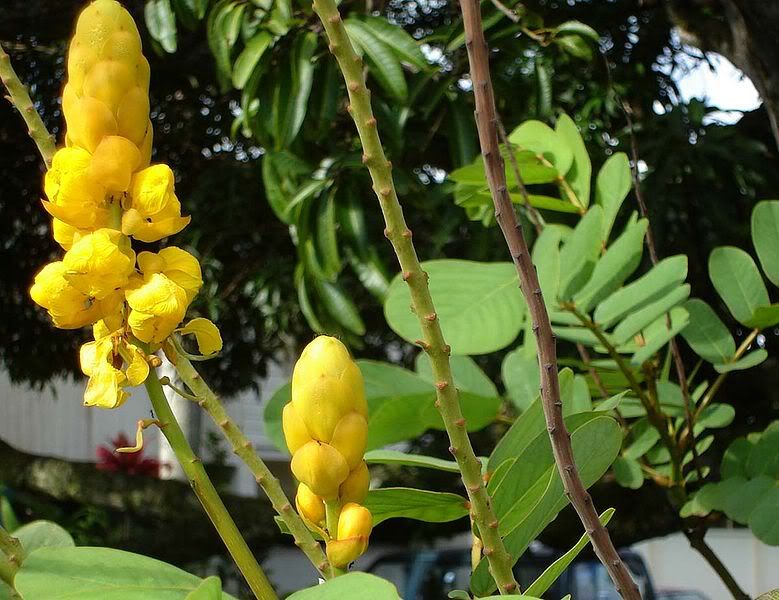
A perennial herb with antioxidant and antimicrobial properties. Commonly used for cooking in the West, it is used as a medicinal plant in the Philippines. A decoction of oregano leaves is taken internally for the prevention of degenerative arthritis, relief of cough, osteoarthritis, asthma and upset stomach.
Properties
- Aromatic, carminative, emmenagogue, diaphoretic, tonic, stimulant.
- In India, considered antilithiotic, chemopreventive, antiepileptic, antioxidant.
Parts utilized
Leaves
Medicinal Uses
In the Philippines, macerated fresh leaves applied externally to burns.
· Leaves are bruised and applied to centipede and scorpion bites. Also, applied to temples and forehead for headache, help in place by a bandage.
· Leaves in infusion or as syrup used as aromatic and carminative; used for dyspepsia and also as a cure for asthma.
· The Malays used the plant juice or decoction for pains around the areas of the heart or abdomen.
· Decoction of leaves given after childbirth.
· In Indo-China, given for asthma and bronchitis.
· The juice of the leaves for dyspepsia, asthma, chronic coughs, bronchitis, colic, flatulence, rheumatism. The dose is one tablespoonful of the fresh juice every hour for adults and one teaspoonful every two hours, four times daily, for children. As an infusion, 50 to 60 grams to a pint of boiling water, and drink the tea, 4 to 5 glasses a day. For children, 1/2 cup 4 times daily.
· For otalgia (ear aches), pour the fresh, pure juice into the ear for 10 minutes.
· For carbuncles, boils, sprains, felons, painful swellings: Apply the poultice of leaves to the affected area, four times daily.
· For sore throats, a decoction of two tablespoonfuls of dried leaves to a pint of boiling water, taken one hour before or after meals.
· In India, leaves are used traditionally for bronchitis, asthma, diarrhea, epilepsy, nephro-cystolithiasis, fever, indigestion and cough. Also used for malarial fever, hepatopathy, renal and vesicle calculi, hiccup, helminthiasis, colic, and convulsions.
· The Chinese used the juice of leaves with sugar, for cough in children, asthma and bronchitis, epilepsy and convulsive disorders.
· Leaves are applied to cracks at the corners of the mouth, for thrush, headaches; against fever as a massage or as a wash.
· Used for bladder and urinary afflictions, and vaginal discharges.
· Used as carminative, given to children for colic.
· In Bengal, used for coli and dyspepsia.
· Expressed juice applied around the orbit to relieve conjunctival pain.
Others
· Fresh leaves rubbed on clothing or hair at the time of bathing for its scent.
